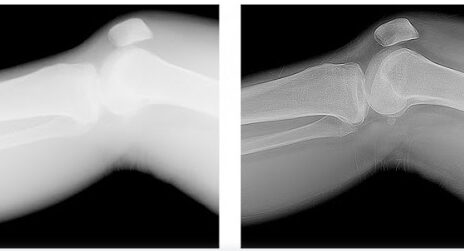Routing in computer networks is a process which decides on which route the incoming packet will be transmit. It is a process of transmitting the packet from one host to another host. The process of routing is carried out by the devices known as routers. Different type of routing protocols or routing algorithms are used at network layer which decides which output line the packet will transmit. Since when a packet moves from source host to destination host then in the path several intermediate nodes occurs so routing protocols or routing algorithm decides the next intermediate node in the path from source to destination.
Routing protocols are nothing but a set of rules that describes how network layer routing devices will send updates between each other about the available networks. If the more than paths exist from source to destination then routing protocol also select the best path or route. If the routing protocol has the better understanding of the network then they can select t the better path to transmit the incoming data packet when more than one paths are available.
Adaptive and Non Adaptive Routing
Routing algorithm may be adaptive and non-adaptive.
Adaptive routing is dynamic routing through which routes are characterized by their destination, to alter the path that the route takes through the system in response to a change in conditions.
People using a transport system can display adaptive routing. For example, if a local a railway station is closed, people can alight from a train at a different station and use another method, such as a bus, to reach their destination.
Systems that don’t implement adaptive routing and represented as exploitation non-adapting or static routing, wherever routes through a network are represented by fastened methods (statically). A change, such a loss of a node, or loss of a affiliation between nodes, isn’t stipendiary for. this implies that something that needs to require associate degree affected path can either have to be compelled to expect the failure to be repaired before restarting its journey or can have to be compelled to fail to achieve its destination and provides up the journey.
How the routing protocol works?
Participating routers advertise their routes that they know to their neighbors I routing updates. Routes learned from routing updates are kept in routing tables. Routing protocol is a protocol which is used to send updates between the routers that exists in the organization, thereby allowing the routing process to determine the path across the network.
Example of some routing protocols are RIP, OSPF, BGP etc.
What are Metrics used in Routing Process?
Metric is very important the routing process. Metric is a value that is assigned to evry path based on their criteria specified in the routing protocol. Metric field is used to determine which path is used if there are multiple path to a network. The metric used depend on the network. Typical metric are Ptah lengths number of hope , badwidth and traffic level. These values are used to choose between different paths to the same network , to select the best path. It is responsibility of the end deveice to reassemble the datagrams before sending them to the application.
Keywords: routing in computer network,routing metrices, routing protocols, difference between adaptive and non adaptive routing, definition of routing ,bgp routing protocol, bgp routers,bgp route etc.






